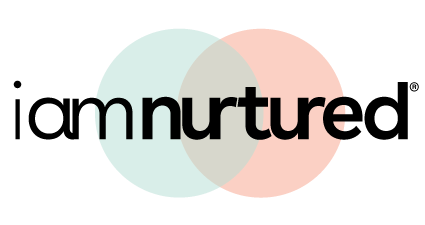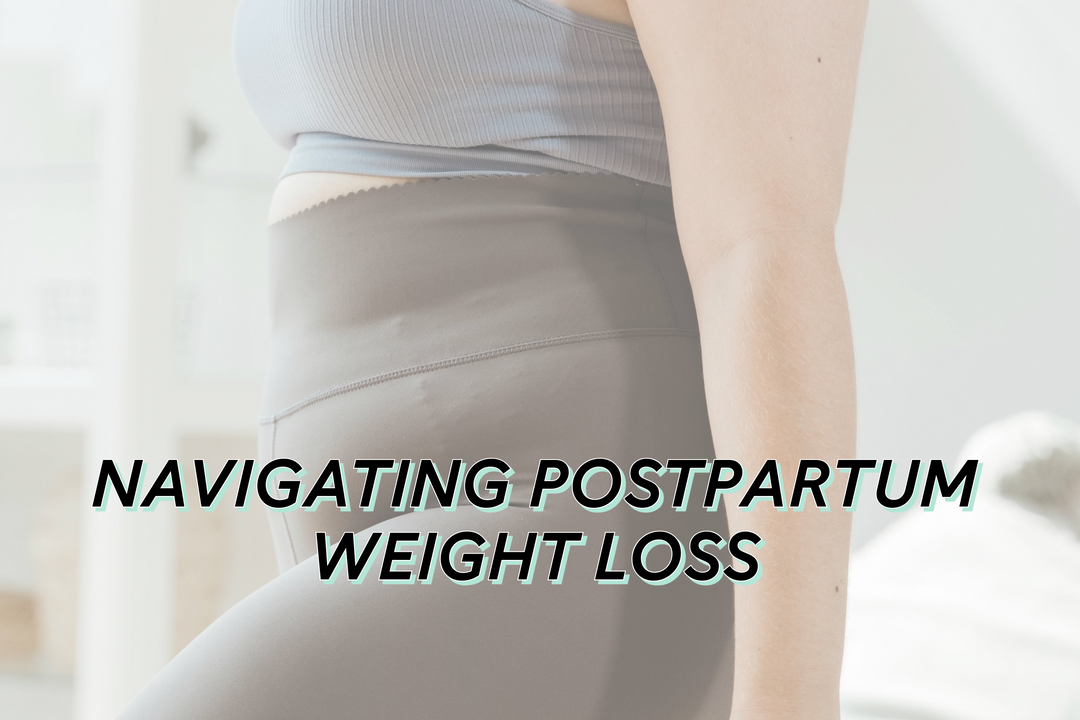Folic Acid vs. Folate: What’s the Difference?
5-Methyltetrahydrofolate (Whoa - what a mouth-full! It’s 5-MTHF for short.)
5-MTHF is the active form of folate, ready to be immediately absorbed and used by your body. The most commonly known benefit of folate is it’s role in the prevention of neural tube defects in babies. 5-MTHF also helps produce serotonin, melatonin, dopamine, epinephrine, and norepinephrine, so having adequate levels in our bodies supports balanced, healthy moods!
Folic acid is a cheap ingredient for supplement manufacturers to use, made popular by OBGYNs and the FDA when they required it to be added as a “fortifying” ingredient in enriched grain products like cereals and breads.
While folic acid is absorbable, it must undergo conversions in our bodies before it reaches its active form, folate. By the time you absorb and convert all the folic acid to folate, you and baby are only getting a fraction of the amount claimed on the nutrition label. Recent research shows there are biological (ex: liver or intestinal dysfunction) and genetic reasons that make it hard for some people to convert folic acid into its active form.
If You Are Postpartum
Less folate is needed postpartum than in pregnancy - you’re no longer growing a baby and protecting against neural tube defects, but many mothers do end up having depleted folate levels after pregnancy, so supplementation is still recommended. Folate does transfer to baby through the breastmilk. It also continues to support normal cell production, brain development, DNA synthesis and repair in mother and baby.
If You Are Pregnant
Pay special attention to folate in the first trimester of pregnancy when major development is happening for baby. Folate is responsible for DNA synthesis, preventing neural tube defects, and protecting against low birth weight in infants. It also protects against prenatal and postpartum depression in mama. Be sure to choose a prenatal with 5-MTHF or Methylfolate - NOT folic acid.
Food Sources of Folate
Foods rich in folate include beef liver, spinach, black eyed peas, white rice, asparagus, brussels sprouts.
Eating a balanced diet, and supplementing with a *high-quality* prenatal vitamin will help you meet most recommended daily intake (RDI) levels for vitamins and minerals during pregnancy. But if you’re having food aversions and trouble keeping down a prenatal, be sure to tell your doctor and keep an eye on your labs!
How Much Folate Do You Need?
The RDI for folate during pregnancy is 600 mcg/day. The RDA for folate for lactating women is 500 mcg DFE, which is exactly how much 5-MTHF one serving of New Mama Postnatal contains.
For more details on pregnancy vs postpartum nutrition check out our blog post here: https://bit.ly/prevspostnutrition
By: Jeanne Reilly, Registered Dietitian, Mom, Co-Founder I Am Nurtured




